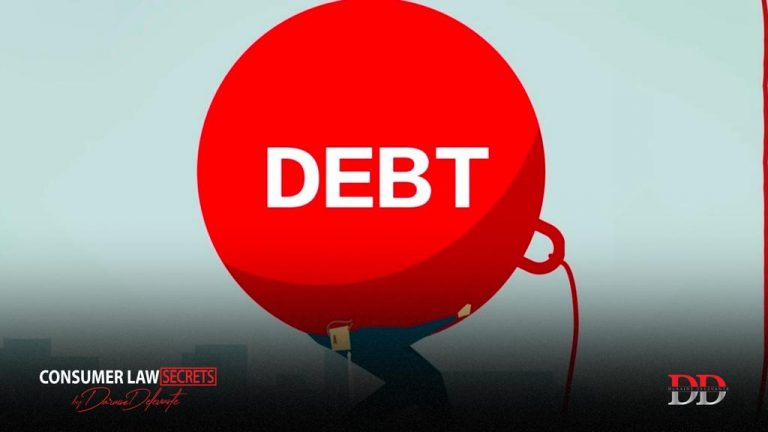What Made Us All Debt-ridden - A significant amount of lives is shaped by debt, so much so that it seems immortal and eternal.
Why We're in Debt??
In the old days, humans bartered to get everything they needed. It wasn’t like that back then. Trade was completed instantly, and no one owed anything.
Student loans still haunt adults, and credit card debt haunts millions. In contrast, many of us take out mortgages to buy houses that we think will appreciate in value. In other words, debt shapes American lives in a lot of ways.
Debt and credit go hand in hand. This concept is not new and they’ve continued to dominate the way people manage their money.

DEBT HISTORY: WHERE DOES IT COME FROM ???
Debts are different from obligations because they can be quantified. This requires money. It’s not only money that makes debt possible: money and debt appeared simultaneously.
Our earliest written documents come from Mesopotamian tablets that recorded credits and debits, rations issued by temples, money owed for renting temple lands, and the exact value of each in grains and silver. In turn, some of the earliest works of moral philosophy look at morality as debt—that is, as a money-based concept.
It’s no secret that a history of debt is a history of money and it’s easy to understand how debt has affected society by just following the forms money has taken over time, how it’s been used—and the arguments that inevitably followed. But this is a totally different history of money than we’re used to.
As far as economists are concerned, debt is always something of an afterthought. Barter comes first, then money, then credit. When one reads about the history of money in France, India, or China, all you get is a history of coinage and not much about credit arrangements.
For over a century, anthropologists have been pointing out that this picture is very flawed. When we examine how economic life is actually conducted, in real communities and marketplaces, almost anywhere—where one is much more likely to see everyone in debt to everyone else in a dozen different ways, and that most transactions are conducted without the use of currency—the standard economic-history version has little to do with what we observe.
According to historian Louis Hyman, people turned to friends, loan sharks, or local merchants if they needed credit in the nineteenth century. These loans were a money-losing proposition for corner grocers and country stores with no interest charged.
With the rise of the automobile, this changed. It was in the 1920s that finance companies started popping up. They borrowed from banks and lent to car dealerships, who could then extend credit to individual buyers.
First time ever, consumer banks invested in consumer debt, though indirectly,” Hyman writes. During the great boom of the 1920s, automobiles spread to vacuum cleaners, furniture, radios, and nearly every durable good you could imagine.”
After that, the economy crashed. The Great Depression scared banks away from investing in industry or lending to consumers. A federal housing agency was created in 1934 to connect banks with homebuyers and guarantee mortgage loans. Fannie Mae, the Federal National Mortgage Association, was created four years later. With Fannie Mae, large banks could buy mortgage debt from small ones.
As consumer spending boomed after World War II, Hyman writes, debt markets grew. As early as the 1930s, General Electric had a little subsidiary called GE Credit Corporation (GECC) that financed its own products. The GECC took off in the 1960s, offering revolving credit to finance various products and running the credit operations of various retail companies. One in twenty-five households was using GECC credit by 1969, and the division eventually provided most of GE’s profits.
What Went Wrong ???
Wall Street and the federal government helped create ever-more-complex mortgage-backed products in the 1970s. It wasn’t just mortgages that could be securitized, but also credit cards, car loans, and almost any other kind of consumer debt. Financial institutions invested in consumption instead of production, moving capital away from the parts of the economy that employed people.
Commercial banks in Western countries lent billions of petrodollars in the 1970s, getting deposits from oil exporters and giving them to oil importers. Interest rates on developing countries’ loans also shot up in 1979 when interest rates soared. The non-oil-producing developing countries probably spent $22 billion on higher interest payments between 1978 and 1981. The recession caused by monetary policies also slumped commodity prices in developing countries. Developing countries often responded by expanding fiscal policies and overvaluing exchange rates, which were then backed up by massive debt.
International debt crises were triggered by the oil shock of the 1970s, which forced many oil-importing countries to borrow from commercial banks.
The IMF coordinated the global response to the 1982 Mexican debt crisis, even enlisting commercial banks. It realized no one would benefit if countries kept defaulting. The IMF coordinated the global response to the 1982 Mexican debt crisis, even enlisting commercial banks. It realized no one would benefit if countries kept defaulting.

That’s how debt has been over the years
Hope you got some good info about debt history from this article
😊 Thanks for reading
I’m Daraine Delevante, a Consumer Law Expert whose knowledge and expertise is predicated on accountability and results.
🧑🏫I teach average and elite consumers how to repair, rebuild, and restore their credit using consumer laws.

